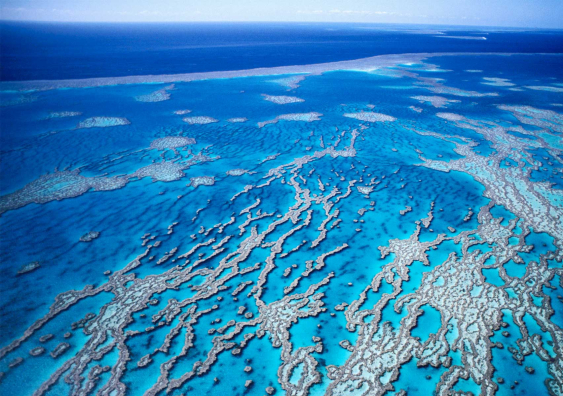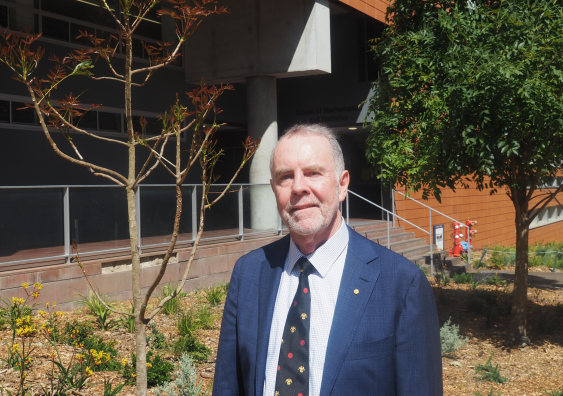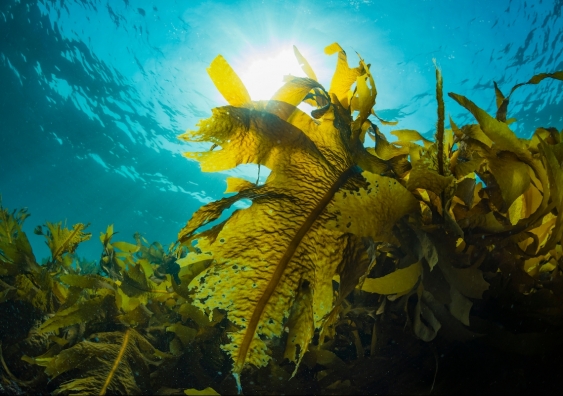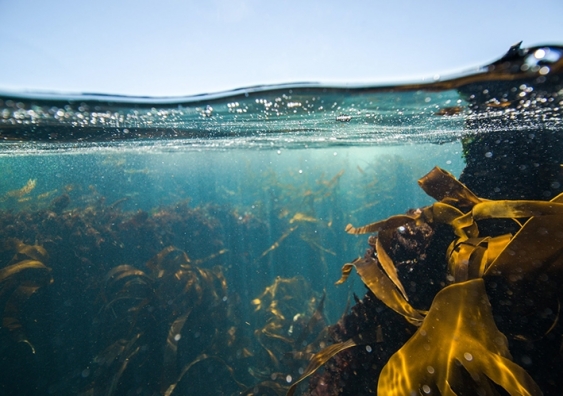Were it possible, to have mangroves grow on the oceans, floating on top, then they could theoretically sequester large amounts of carbon while also help rebuilding food, fisheries, and restore natural . Compared with terrestrial forests, they could have large and long-lasting carbon-sequestration capacities.
In a natural environment, some mangrove-species require . However, species such as Avicennia marina and Rhizophora mucronata can tolerate full-strength seawater during their entire life cycle. In a 2014 study, , we provided evidence that they could be grown on top of the ocean, without the need for fresh-water irrigation, pumping or drainage, all of which would consume energy.
Floating mangroves have been tested at an experimental site, for the sake of greening a floating boat jetty. To better understand their larger-scale development, we need to find out more about energy, mooring, and transport requirements, financial feasibility and maintenance cost. Other important issues include the design of the structures on which the mangrove forests would grow and the materials used ā recycled ocean plastic debris is one option.
Data are expected to be provided by the University of New South Wales, in an upcoming study that will be carried out in the Pacific Ocean.
Floating mangrove plantations wouldnāt replace shoreline forests, but would serve to reduce resource pressures on them. Coastal management that integrates floating plantations with shore-based mangroves would strengthen ecosystem services. Further, design and location of the āpontoonsā ā the containers on which the mangroves grow and float ā would offer additional wave attenuation and a measure of coastal protection.
Clean energy, sequestered carbon
Seawater-based trees could function as a new and clean source of energy, improve ecosystems services and livelihoods for coastal communities as decentralised energy supply as well as for the sequestration of atmospheric carbon. In addition to the 2014 study, additional research was carried out by Ashley (2019), and Kiran (2022).
The development of a prototype and further tests are necessary, jointly with some basic research, to develop this promising technology to obtain science-based data and knowledge before potentially developing this further for wider and possibly profitable applicability, that can be useful for the production of biofuel.
Discussions on the need for scientific research are ongoing between UNESCO, the UNSW in Sydney, the AIT in Bangkok, and Leibniz Centre for Tropical Marine Research (ZMT) in Bremen, to demonstrate that this new system for the production of seawater-based trees, can function as a new and clean source of energy, improve ecosystems services and livelihoods for coastal communities, as well as for the sequestration of atmospheric carbon.
More data needed
A key question for the realisation of the floating mangrove concept is how much biomass could be produced and used in the form of wood energy? Global needs are growing, as highlighted by a presentation given in January 2023 in Yokohama, Japan. In 2021, the global wood chips market stood at $8.8 billion and is expected to grow to $13.1 billion by 2027. Over the same period, the global charcoal market will grow from $5 billion to around $7 billion by 2027.
Itās also essential to know how much carbon could be sequestered. Other important questions include investment costs, design, materials, protection against high-energy waves and wind, as well as potential profitability. There is strong evidence that this innovative system would work, however, further development is merited to find robust answers to these and other questions.
UNESCOās duty remains to reaffirm the humanist missions of education, science and culture. Mobilize education to transform lives; Reconcile with the living; Promote inclusion and mutual understanding; Foster science and technology at the service of humanity are UNESCOās key strategic objectives.
, Chief of Natural Sciences, Bangkok office, ; , Senior lecturer and academic lead, humanitarian engineering, ; , Scientific Research, ; , Professor of mangrove ecology, ; , Adjunct faculty, environmental engineering management, , and , Senior scientist,
This article is republished from under a Creative Commons license. Read the .







